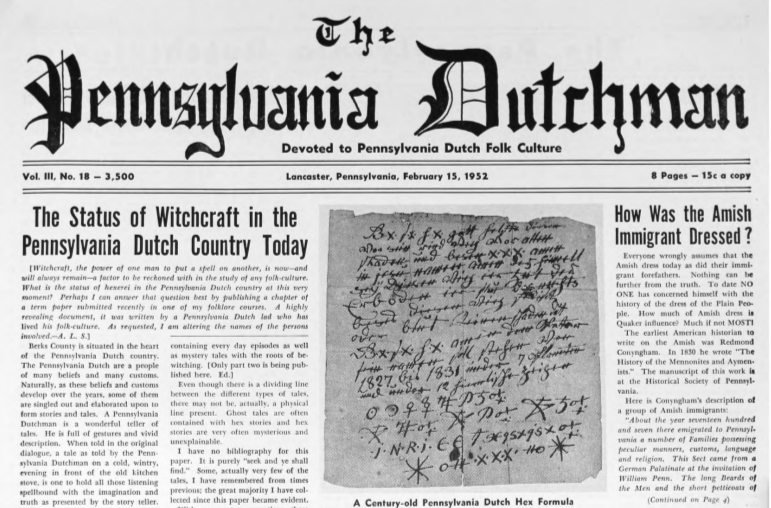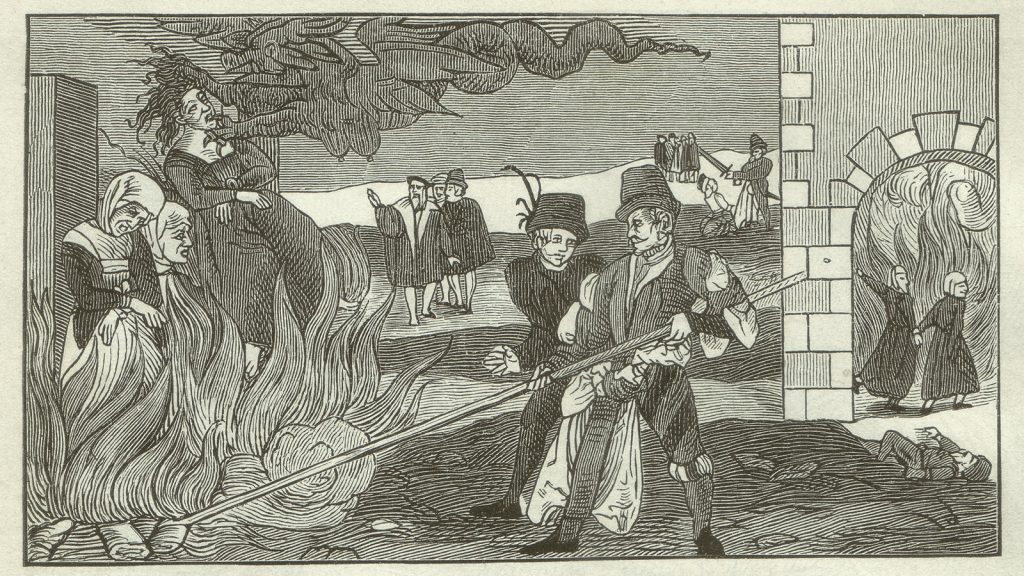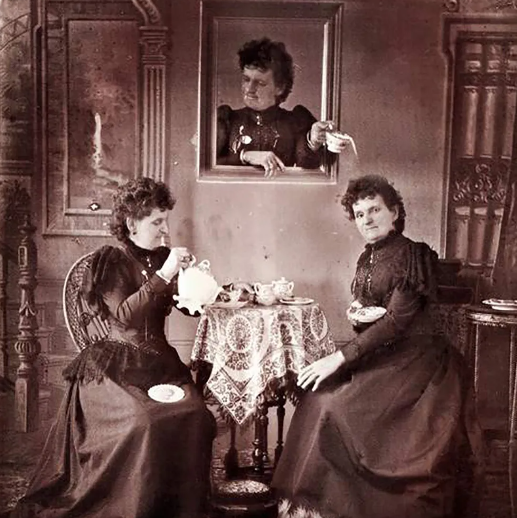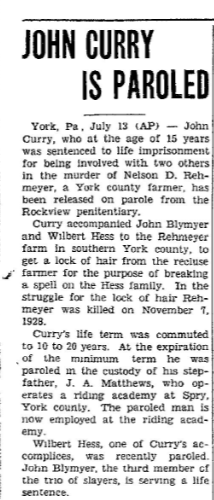
Pennsylvania Witches
Arguably, the most well known of the cryptids is Bigfoot. He has a following of believers and those who have claimed to see him ranging from Washington state, California, Montana, and into Canada. What most don’t realize is that the legend also has a solid foundation on the East Coast.

German Heritage
In the 1800s, European immigrants spread throughout America, with almost all coming via the East Coast. Certain areas of the East Coast are still representative of these European migrations. Pennsylvania had a large population of German immigrants, and by the late 1800s, the customs and norms of their homeland contributed greatly to the culture of Pennsylvania. In 1883, there was a smear of witchcraft disputes throughout Reading, Pottstown, Scranton, Philadelphia, and Pittsburgh. The press almost always mentioned the German heritage of the area, or referred to it as Pennsylvania Dutch.
Pow-Wow & Hex Doctors
Pow-wowing was a type of folk medicine of sorts that involved spells, incantations, and even songs. There are many accounts of pow-wows and hex doctors in Pennsylvania history. One being Hannah Hetherley. She was respected as a natural healer, but also as a clairvoyant and an animal healer. Visitors would travel from all over the state to visit her with their sick children or physical ailments. Sometimes they’d even bring their livestock. She was also part of the legend of some hidden gold that some still believe is buried in Lititz. Although even with her help the treasure seekers were not able to located in the 1870s-1880s, so can’t imagine it would be easy to find now.


Healthcare and Murder
The belief in witchcraft was starting to become an embarrassment to the state and was putting them in the light of an uneducated and superstitious people. John M. Bertolet, a physician in 1899, presented a report that showed many of his patients sought out treatments and remedies from witch doctors before seeking medical treatment for their ailments. The hex doctor craze blew up in the press with the help of Alice Rix. She reported one man, Joseph H. Hageman, who claimed to be a doctor but was not medically trained. He was instead interested in the supernatural and natural treatments. Her description of him as “gross” and “greasy” among other things, was not well received by the community. He tried to sue for slander, but it didn’t go far.
In 1904, the hex doctor craze was so bad that the journal American Medicine reported Pennsylvania State Medical Board was going to launch a campaign to “wipe out hex doctors”. Hageman’s case helped bring light to this issue, as did the high rate of infant mortality when hex doctors were in the position to treat young patients and pregnant women. While many of these hex doctors were harmless and did not have nefarious intent, others did. John Keckler was a doctor from Waynesboro who had a long legal battle from 1918 to 1921. He used his “magic” to coerce sex from his patients. He was charged with raping the daughters of one of his clients, ages 12 and 15.
After his trial, it appeared that the hex doctor fade was dying until the burned remains of a farmer were found in 1928. Nelson D. Rehmeyer from York County. He was murdered by John Blymyer, who believed that Rehmeyer had hexed him and his two accomplices. One was John Curry, who was only 15 years old and the other was Wilbert Hess, who was the main reason the men were at Rehmeyer’s to begin with. They believed that Rehmyer had cursed Hess’ family, and they were there to steal a lock of his hair to break the curse. It should be noted that they did not burn him alive, nor does it appear that murder was the objective, but after an altercation, Rehmeyer was dead, and he was burned to destroy the evidence. Curry and Hess had shortened sentences, while Blymyer was sentenced to life in prison.